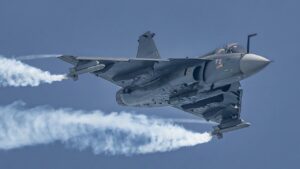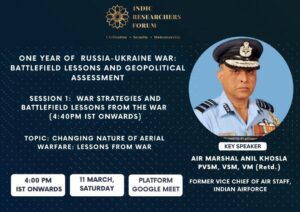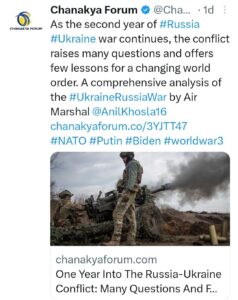
Pic courtesy: Deccan Herald
On Importance of Tejas Project
Two Corrections:
- For order of 83 aircraft instead of Mk1, it is Mk1A.
- For AMCA instead of 4,5 generation, it is 5th Generation.
Suggested Focus Areas for the Project
Bottom Line
Self Reliance is the way forward.
Suggestions and value additions are most welcome
For regular updates, please register here
References and credits
To all the online sites and channels.
Disclaimer:
Information and data included in the blog are for educational & non-commercial purposes only and have been carefully adapted, excerpted, or edited from sources deemed reliable and accurate. All copyrighted material belongs to respective owners and is provided only for purposes of wider dissemination.


